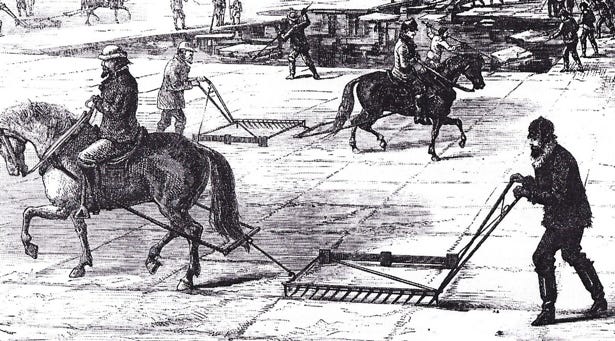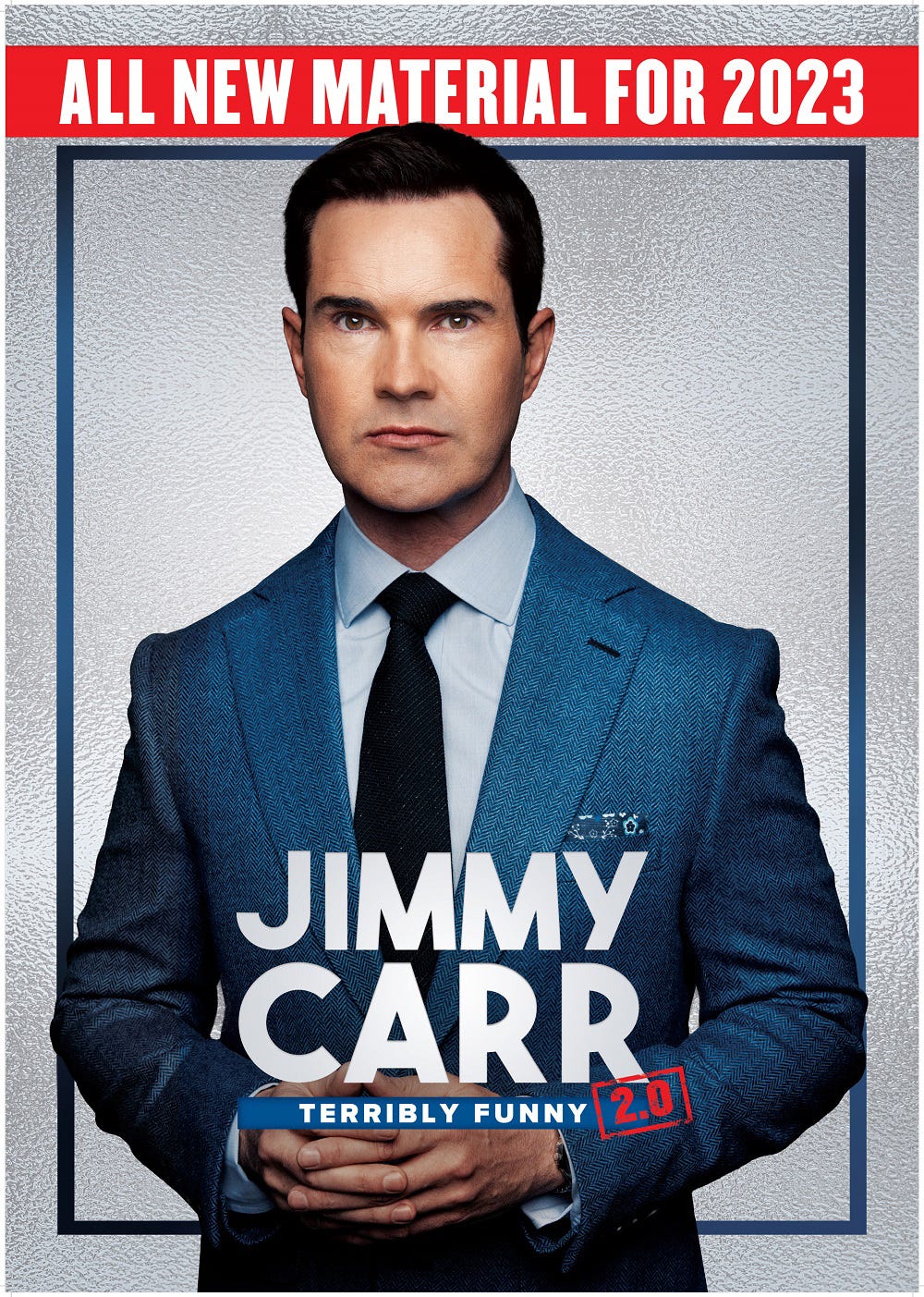Hello dear reader,
🗞️ Today’s stories:
🧊 The Ice King
🥴 At last, a cure for hiccups
🙉 Brandolini’s Law
🤣 An aphorism from a comedian
*A huge thanks to those who liked and shared the last few editions and to those who answered the polls. Also, welcome to the new subscribers. It’s rewarding to see the subscriber base growing. 🙏🙏
🧊 The Ice King: A story about an entrepreneur in the 1800s
At a cocktail bar this weekend, I got to chatting with the barman about the origins of ice in drinks.
Have you ever thought about this?
Imagine living somewhere hot and humid, and you’ve never experienced the glory of ice. The refreshing bliss of your first chilled drink must be orgasmic.
Here’s a story about a man who dedicated his life to keeping your drinks chilled. Although this all happened 200 years ago, it reads like a modern-day business breakdown.
During the 18th century, the market for ice was regional (cold places only) and limited to rich Europeans and Americans who could afford icehouses (a building used to store ice before the invention of the refrigerator).
Along came Frederic Tudor.
Born in 1783 into a well-to-do Boston family (with access to ice), young Frederic dreamed of becoming stinking rich by exporting ice to tropical places.
Initially, his moonshot idea was met with ridicule.
Which isn’t surprising. The guy wanted to chop up frozen ponds in Massachusetts, then put his “harvest” onto wooden ships (without refrigeration) to haul it (long distance) to Caribbean islands (a hot place) and sell it to people who had never before used or heard of ice.
But Tudor was resolute.
In 1806, at 23, he shipped his first cargo of ice to Martinique in the Caribbean. However, his venture faced significant losses due to poor storage facilities and the public's unfamiliarity with the product.
Still undeterred, Tudor continued his enterprise. Like a chapter from an MBA case study, Tudor used innovative strategies to build his business:
Creating a Need: He introduced people to the concept of cooled drinks and food preservation, creating a need where there previously wasn't.
Free Trials: He initially gave his ice away for free. There was no turning back once people savoured the refreshing joy of a cold drink.
Influencer Marketing: He ensured that early adopters like scientists, doctors, and the wealthy endorsed the use of ice, lending it legitimacy.
Focusing on Quality: He supplied clear, solid ice blocks. The quality of his product stood out against other sources of ice, including imported slush available only for a few weeks each year in some regions.
Operational Excellence: He collaborated with Nathaniel Wyeth, the inventor of the horse-drawn ice plough. This reduced the cost of ice cutting, making ice more affordable and accessible to a larger consumer base. For shipping, he developed insulated ice houses and introduced sawdust as an insulator to keep the ice from melting.
Expanding the Market: He introduced ice to cafes and other public venues, thus reframing ice from a luxury product into a public commodity.
By the 1830s, Tudor's efforts began to bear fruit.
His ice trade spanned from the Caribbean to Europe and as far as Calcutta in India. During the height of his operations, he harvested about 150,000 tons of ice per year.
To contextualise, that’s 15x the weight of the Eiffel Tower…in ice.
His venture had significant social and cultural impacts. Ice cream, for example, once a rare delicacy, became widely available. Similarly, cocktails like the Mint Julep and the Sherry Cobbler, which relied on crushed ice, became possible due to Tudor's ice trade. But more significantly, it allowed people to eat perishable fruits, vegetables, and meat produced far from their homes.
A victim of his success, the market Tudor had created was too large for one company. By 1855, 12 companies were shipping ice from the Boston area, and just before the Civil War, American ships transported more ice than any other commodity, with the exception of cotton.
But ultimately, all empires fall. The dawn of man-made ice marked the twilight of Tudor's reign. He passed away in 1864, leaving behind an icy fortune worth around $200 million today.
*By the way, the bar I was at is the Art of Duplicity, a 1920’s themed speakeasy in Cape Town. Best Negroni I’ve ever had.
😩 Useful skill: Stop hiccups once and for all
I’ve tried this. It works.
💡 Idea of the Week: The Bullshit Asymmetry Principle
According to “The Bullshit Asymmetry Principle”, also known as Brandolini's Law, the energy required to refute BS is an order of magnitude bigger than that needed to produce it.
Simply put: It's way easier to spread misinformation than to correct it.
In the clash in the digital and social media colosseum, misinformation is the giant gladiator with a steel sword, and the truth is the diminutive underdog with only a broomstick in hand.
🤣 Quote of the Week
“No one sets off on their way age twenty-one and just fucking nails it for fifty years straight.” - Jimmy Carr








